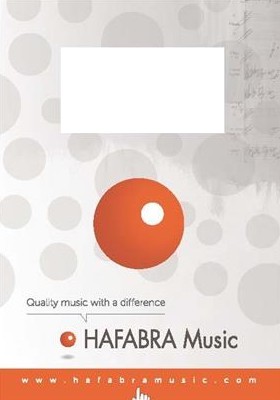We've found 1000 matches for your search. Order by
Results
-
-
-
-

-

-
 £72.00
£72.00Nightmare for solo Trombone and band - BOURGEOIS Derek
Estimated dispatch 14-21 working days
-
 £29.95
£29.95Black and White Rag (Solo for Xylophone - soloist grade 8, band 4+) - Paul Lovatt-Cooper
Black and White Rag is a 1908 ragtime composition by George Botsford. It was made famous by pianist Winifred Atwell and it helped her to establish an international profile. It was also used as the theme tune to the BBC snooker series 'Pot Black'.
Estimated dispatch 5-7 working days
-
 £34.95
£34.95Quicksilver (Solo for Eb flat Tuba - soloist grade 8, band 3+) - Paul Lovatt-Cooper
Quicksilver is a concert showcase for the E flat Tuba specially commissioned by Tuba Virtuoso Perry Hoogendijk. Perry is Principal Tuba with the Royal Concertgebouw Orchestra based in the Netherlands and wanted new repertoire for the instrument.
Estimated dispatch 5-7 working days
-
£60.00
-
£77.40
In a Sombre Mood (Baritone Solo) - Fraser
Estimated dispatch 5-14 working days
